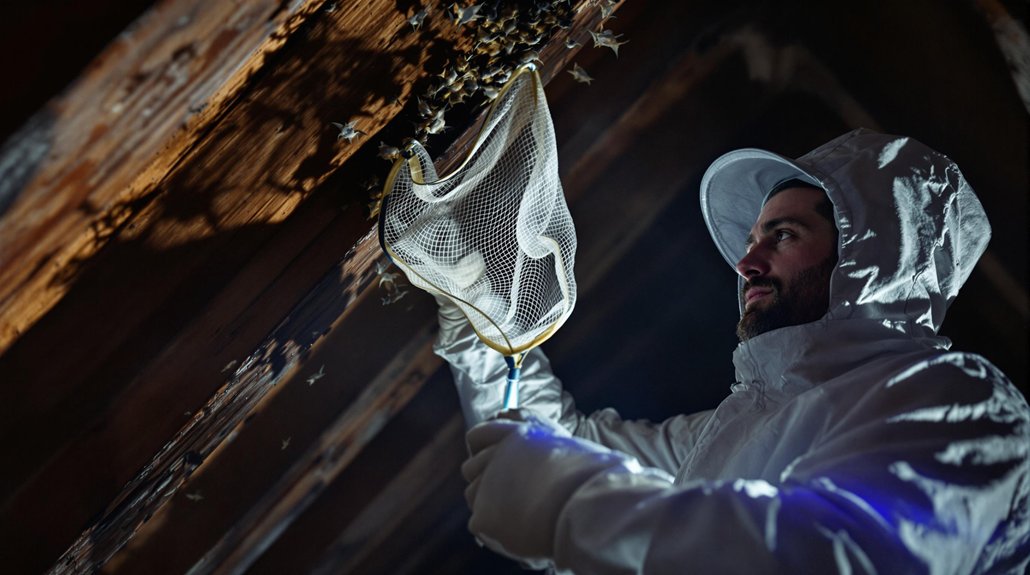


Why Is It so Expensive to Get Rid of Bats?
Getting rid of bats can be costly for several reasons. Safe and humane removal requires skilled professionals who understand bat behavior and health risks. Bats can carry diseases like rabies and histoplasmosis, making careful management essential. Additionally,...
What Months Can You Remove Bats in Michigan?
In Michigan, you can legally remove bats during the late summer to early fall months. This period is significant because it occurs outside of their breeding season and hibernation time. Removing bats during the breeding season, which is late spring to early summer,...
How Common Is It to Have a Bat in Your House?
Bats in houses are more common than many think, particularly in regions with suitable roosting areas. They often enter through small openings around windows, doors, and attics. Bat activity tends to rise during warmer months when they seek food and roosting sites....
Will Bats Leave Attic if Light Is On?
Bats are unlikely to leave an attic simply because a light is turned on. These nocturnal creatures prefer dark environments for roosting. While bright lights can disrupt their natural habits, they do not guarantee that bats will exit. In fact, high light intensity can...
